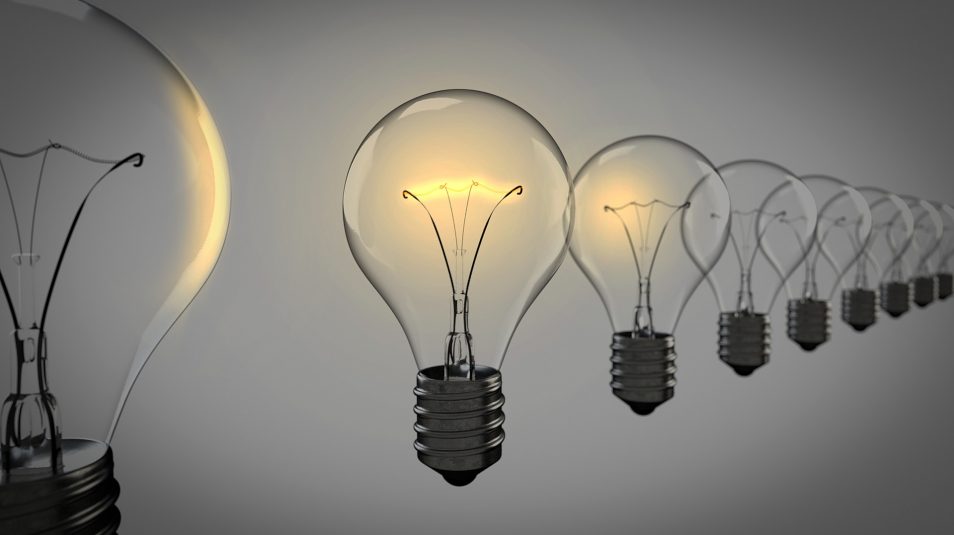Can You Predict How Effective You Will Be Today?

Leadership
August 23, 2017
Amy Kay Watson
Topics
emotional intelligence, Leadership, Management, Self DevelopmentJust two years into my first dream job, I got fired.
Like many new managers, I had been promoted because I was ambitious and good at the front-line work. But as soon as I was promoted I started using my authority to boss people around. I assumed I was right and they were wrong, and I spent a lot of time driven by anxiety and annoyance.
In the years that followed my termination, I became able to see that self-care had been unimportant to me. As our area fell behind, I worked through the night trying to catch up. The less I slept, the more conflicts I got into with employees and peers. My negative emotions drove me to try controlling everyone, and I saw insubordination in anyone who resisted.
Have you seen this happen with other new managers--perhaps even with yourself? It’s not so unusual. American business puts a lot of pressure on managers to deliver results, but to influence others and get positive results, they need leadership training. Good training helps managers understand themselves and manage their own emotional states.
One of the key leadership tools I gained along the way is called the “Mood Elevator.” This idea was originally coined by Dr. Larry Senn, and he has since written a book about it as well. It’s a pretty simple list of feelings, moods, and emotions, arranged in a column.
As you can probably see in your own experience, you are typically feeling creative, hopeful, appreciative, or grateful when getting your best results--all emotions “above the line.” When you’re making the biggest mistakes (like sending emails that are better left unsent), you are more likely to feel defensive, judgmental, self-righteous, etc.--all emotions “below the line.”
“Up” and “down” on the Mood Elevator are separated by “curious” -- a neutral emotional state that suspends judgment and allows for collecting more information.
I learned that, if you can figure out where you are on the Mood Elevator, you can typically predict the quality of your action. And, if you can just get to “curious” before taking action, at least you will get more information before you choose a direction.
Over time I have become increasingly more able to notice my feelings, moods, and emotions “below the line.” I know how it feels physically when I am feeling self-righteous, and it serves as a warning flag to me that I am not at my best.
When that happens, I don’t try to make myself “happy.” That is an ineffective approach. But I will take a few deep breaths. That helps me to cool my brain down so the low-mood action stops seeming like the only way forward. I’ve learned to delay speaking. “Save as draft” is a wonderful metaphor for pausing a compulsive act so you can re-evaluate after the emotion has subsided.
As I’ve developed deep familiarity with my own feelings, I have also become able to leverage them in making decisions rather than being blindly ruled by them.
For instance, if during a meeting I notice misgivings, I can assess whether those misgivings are related to the close call I had on the highway before the meeting or are coming from the content of the meeting itself.
My emotions even in task work are telling me about my strengths and weaknesses much more directly than any performance review could.
- When I am doing well and operating in my strengths, I lose track of time and feel a sense of inherent joy in my work.
- When I am struggling, reluctant, or annoyed, I know these indicate I am operating out of my weaknesses and need development or help.
If I notice reluctance or compulsion in approaching a task, I can leverage that awareness when I am deciding what skills to develop for future work.
Leveraging the information in emotion goes beyond doing what I feel like doing. For instance, I used to interpret nervousness as a need for support. Now I know that when I feel nervous I must also assess whether I am expanding or contracting. If the nervousness is associated with expansion beyond my comfort zone, I should lean into that discomfort and be grateful for the extra energy the nervousness gives me. It is only when my nervousness is associated with a sense of contraction (withdrawal, pulling back, shrinking) that it means I need support.
This tool helps me better assess what is going on with others, too. When someone is angry, upset, and lashing out, they are simply not at their best. This seems obvious, but we do typically take people very seriously when they are trembling with rage or panic, as if we believe they’re really thought through their current actions and words.
When I notice that someone is not at their best and acting compulsively, I have learned to take a few deep breaths myself so I won’t just react on autopilot. If I can make it that far, I can then recognize that something is going on with her or him. I don’t take it too seriously (or personally), and I make a commitment to wait until their emotions have subsided. When they’ve cooled off again, I can make sure we have the conversation we actually need to have instead of one that is fueled by reactivity and compulsion on both sides.





